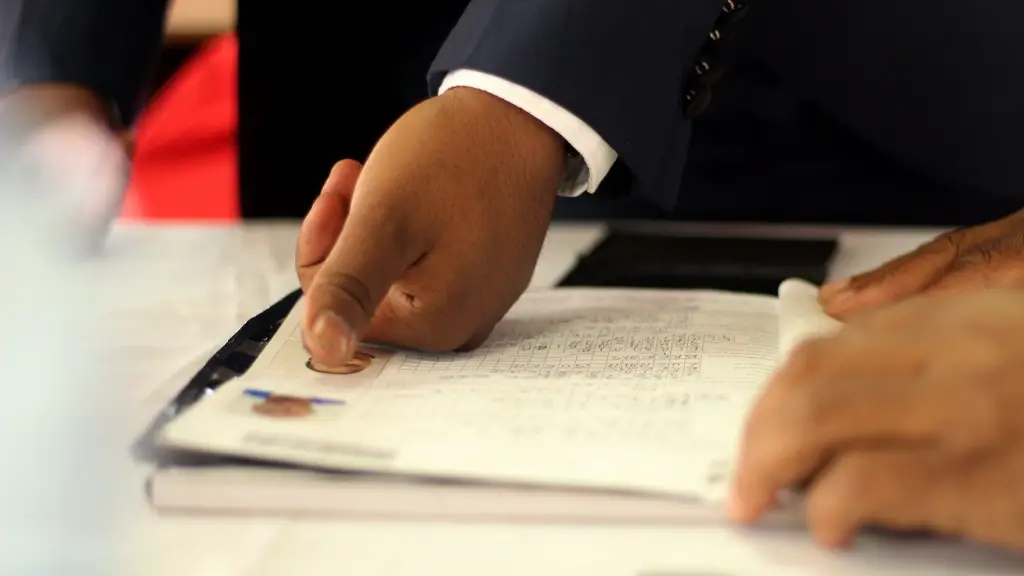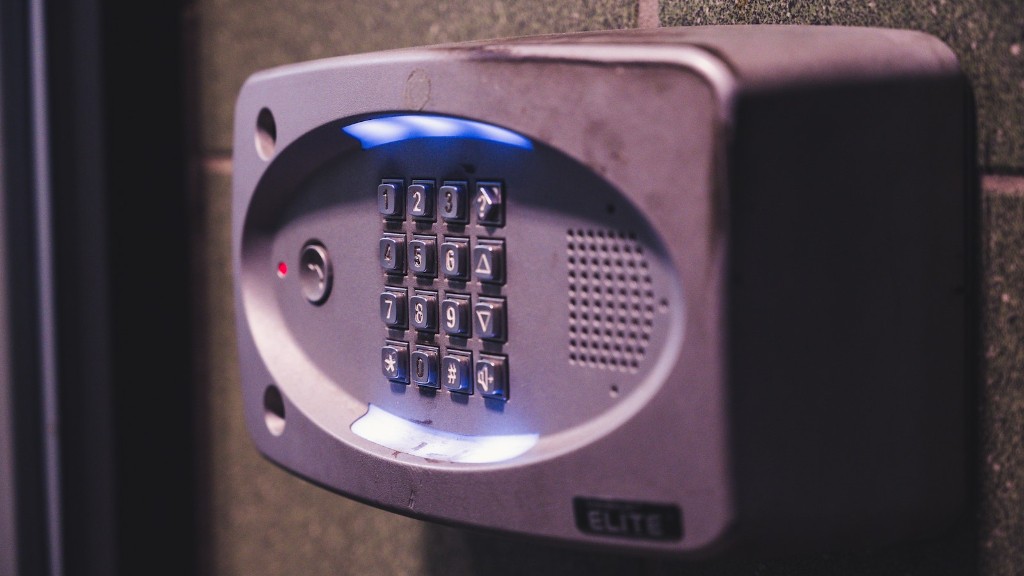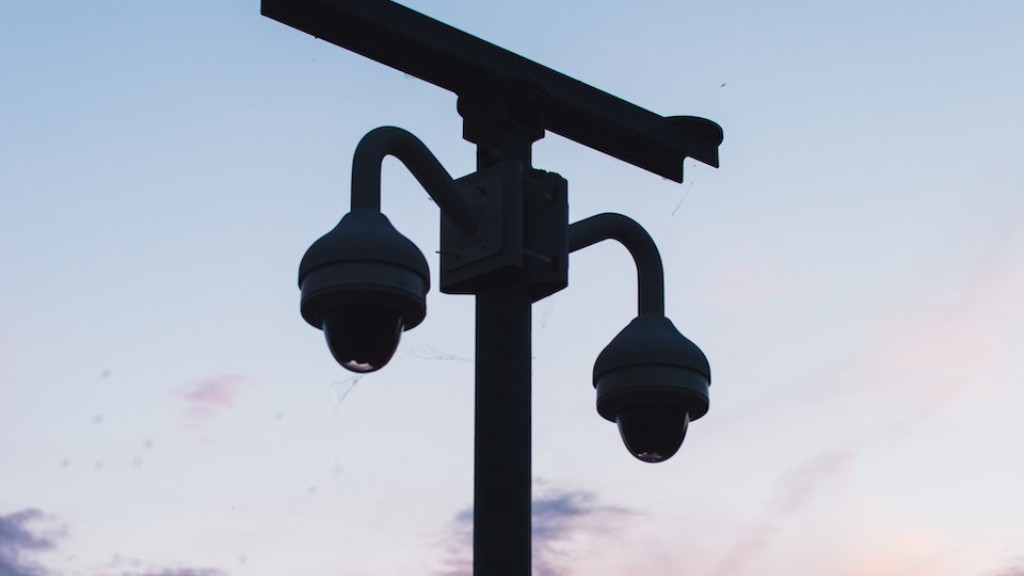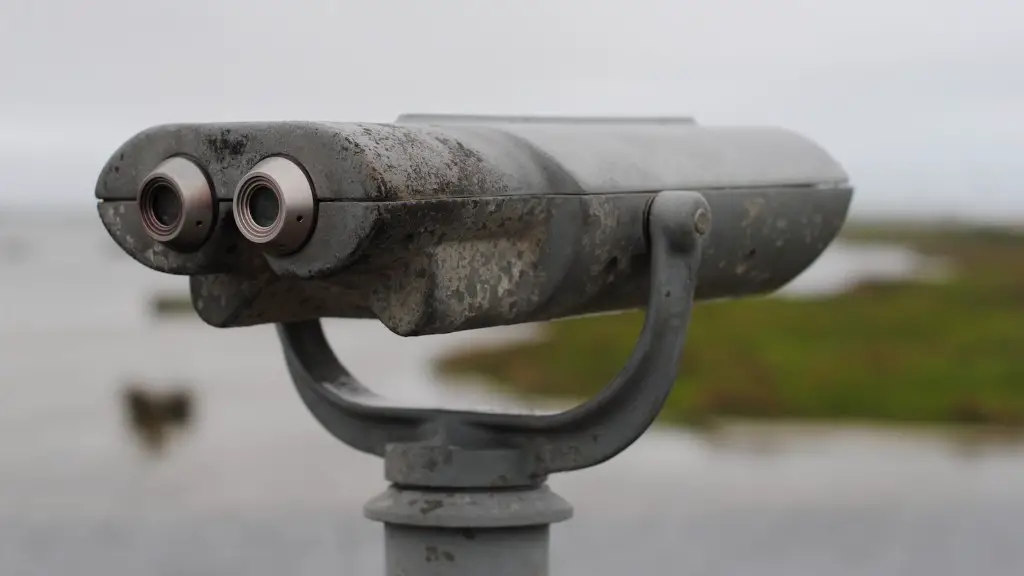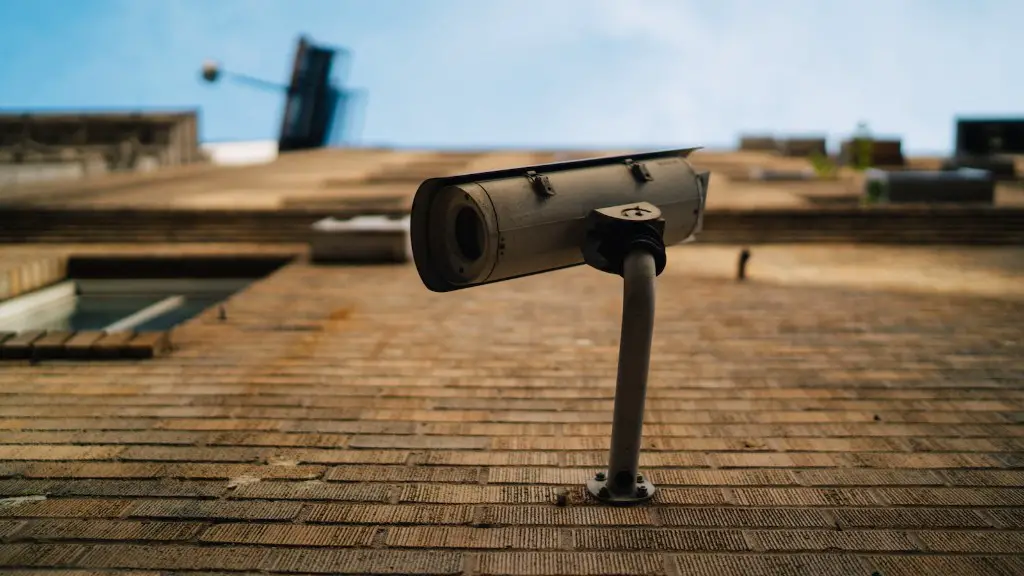The KGB is a national security agency that is responsible for safeguarding the Soviet Union from internal and external threats. The KGB has a long history of carrying out operations against its enemies, both real and imagined. The following is a brief description of what a typical KGB operation might look like.
There is no one answer to this question as KGB operations can vary greatly in both scope and scale. In general, however, a KGB operation is likely to involve covert surveillance, clandestine information gathering, and possibly even assassination or sabotage. The specific details of any given operation will depend on the goals of the KGB and the specific circumstances of the case.
How did the KGB operate?
The KGB was the primary security agency in the Soviet Union from 1954 until its dissolution in 1991. Its primary role within Russia and the satellite republics of the Soviet Union was to quell dissent, by first identifying dissidents promoting anti-communist political and/or religious ideas and then silencing them. To perform this task, KGB agents often used extremely violent means.
The KGB was disbanded in 1991 following the collapse of the Soviet Union.
The failed coup d’état in 1991 and the subsequent collapse of the USSR heralded the end of the KGB. The KGB’s main successors are the FSB (Federal Security Service of the Russian Federation) and the SVR (Foreign Intelligence Service). Both agencies are responsible for the security of the Russian state and the protection of its citizens.
What do KGB agents wear
The KGB is one of the most feared intelligence agencies in the world, and their agents are some of the most trained and experienced operatives in the business. In the original novel, the KGB agents are equipped with Mauser pistols, which are powerful and accurate handguns. However, in the remake, the agents are instead armed with Makarov pistols. These are less powerful than the Mausers, but are still deadly at close range.
The Federal Security Service (FSB) is the main intelligence and security agency of the Russian Federation and the main successor agency to the Soviet Union’s Committee of State Security (KGB). The FSB is headquartered in the Lubyanka Building in Moscow.
The FSB is responsible for internal security of the Russian state, counter-intelligence, and the fight against terrorism and organized crime. It also controls the border guards and prison service. The FSB is a military service and is subordinate to the Ministry of Defence.
The FSB was established in December 1991, following the dissolution of the Soviet Union. It is the successor agency to the KGB, which was dissolved in November 1991.
The FSB is headed by the Director of the Federal Security Service, who is appointed by the President of Russia with the approval of the Federal Assembly. The Director reports directly to the President.
The FSB is divided into several main directorates and departments, each of which is responsible for a different area of the FSB’s work.
The FSB is responsible for the security of the Russian state and its citizens, and for the protection of the country’s constitutional order. It also works to combat terrorism and organized crime, and to protect the
What did the KGB do to Christians?
The Soviet KGB was the biggest threat to religious Liberty for Christians who wanted to serve God freely. Christians were forced to renounce God and when they refused to renounce God, they were arrested, served in prisons, and many of them were tortured and even killed.
The GRU was the primary intelligence agency of the Soviet Union from 1918 until the early 1990s. It was tasked with collecting foreign intelligence, conducting espionage, and carrying out subversive activities. The GRU was also responsible for the protection of Soviet military secrets.
The GRU was organized into a series of directorates, each responsible for a different aspect of intelligence gathering. The organization was heavily compartmentalized, with each directorate having its own area of expertise.
The GRU was headquartered in Moscow, with a large number of field offices and agents located throughout the Soviet Union and the world. The agency had a reputation for being ruthless and efficient, and its agents were feared by Western intelligence agencies.
Did the KGB spy on the US?
The Soviet Union used various intelligence agencies to spy on the United States starting in the 1920s. These agencies recruited Russian and foreign nationals, as well as American Communists, to perform espionage activities. These activities included gathering information on military and political affairs, as well as economic and technological developments.
The Security Service (MI5) is responsible for the security of the UK against threats from espionage, terrorism and sabotage.
The Secret Intelligence Service (MI6) is responsible for collecting intelligence from overseas to support the government in the formulation and implementation of its defence and foreign policies.
How big is the KGB
The KGB was the Soviet Union’s secret police and intelligence agency from 1954 until its dissolution in 1991. At its peak, the KGB was the largest secret police and foreign intelligence agency in the world, with over 480,000 personnel, including 200,000 soldiers in the KGB’s Border Guards. The KGB’s main function was to collect intelligence and to support the Communist Party of the Soviet Union in its efforts to maintain control over the Soviet population. The KGB also conducted espionage and covert operations abroad.
Sambo is a Russian martial art that was once the official in-house martial art of the KGB. It is a mandatory part of hand-to-hand combat training for Soviet special forces and the favourite childhood hobby of Vladimir Putin.
What is a Soviet sleeper agent?
A sleeper agent is a spy who is placed in a target country or organization not to undertake an immediate mission but to act as a potential asset if activated. Sleeper agents are usually placed in positions where they can collect information or infiltrate organizations over a long period of time without arousing suspicion. If a conflict or war erupts, the sleeper agent can be called upon to undertake espionage or sabotage missions.
The KGB agents were recruited on a patriotic basis in two ways: by offering them material gain or by collecting compromising material – Kompromat – about them. Compromising evidence made the recruiting process easier.
What is the Russian CIA called
The Foreign Intelligence Service (FIS) is Russia’s primary intelligence agency. It is responsible for collecting, analyzing, and disseminating foreign intelligence, and for conducting counterterrorism, counterintelligence, and security operations.
The agency was formed in December 1991, following the dissolution of the Soviet Union, from the KGB’s First Chief Directorate. Its headquarters is located in Yasenevo, Moscow.
Military Intelligence, section six is the former name of the intelligence and espionage agency of the British Government. The agency is now popularly known as the Secret Intelligence Service (SIS).
What is GRU in Russia?
The GRU is a military intelligence service that is responsible for gathering intelligence and information on the enemy. The GRU also maintains its own special forces units that are trained to fight and defeat the enemy. The GRU is an important part of the Russian military and is vital to the success of the Russian armed forces.
The law recognizes Christianity, Islam, Judaism, and Buddhism as the country’s four “traditional” religions and recognizes the special role of the Russian Orthodox Church (ROC). A constitutional amendment cites the “ideals and faith in God” passed on by the country’s ancestors. This law provides special privileges to the ROC, including government funding and the right to teach religion in public schools.
What religion does Russia follow
The Russian Orthodox Church was technically illegal during communist rule, however, it was never fully repressed. The Church continued to function throughout the years and even experienced a minor revival in the late 1980s and early 1990s. Religion was not fully repressed during Soviet rule, but it was not openly encouraged either. The nonreligious population in Russia is still fairly large, but the number of religious adherents is growing.
The Law on Freedom of Conscience and Religious Associations was enacted in 1997 in order to establish secularism in the country and protect religious freedom. The law prohibits government interference in religion and guarantees equality of all religions before the law. It also sets up simple registration procedures for religious groups. This law ensures that everyone is free to practice their own religion without fear of discrimination or persecution.
Warp Up
There is no one answer to this question as the KGB (now known as the FSB) is a secret intelligence and counterintelligence agency and its operations are not made public. However, defector accounts and reports from former KGB officers suggest that the agency uses a variety of methods to carry out its operations, including surveillance, infiltration, psychological warfare, and assassination.
After looking at different cases of KGB operations, we can see that they vary greatly. Sometimes they are very complex and involve many people, while other times they may be more simple and only involve a few individuals. However, there are some common themes that we can see in many of these operations. KGB operatives typically use disguises, false identities, and deception to carry out their work. They may also use violence or threats of violence to achieve their goals. In any case, KGB operations are typically secretive and intricate, and they often have a great deal of planning and coordination involved.
